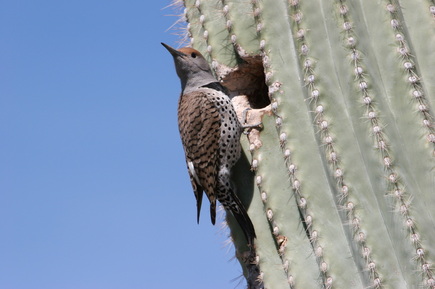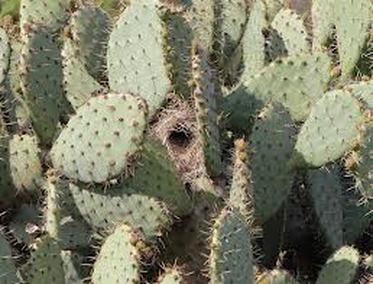Keystone Species
A keystone species is a species whose impact on its community is much larger than its biomass or abundance would indicate. In other words the keystone species is like the heart of the ecosystem; if it not there than the ecosystem would not be able to live. In the death valley the main keystone species is the cacti tree in the valley. Cactuses are very common in deserts, however in death valley their population is very low, making them fit for being keystone species. These cactuses provide shelter to many animals including rats and rodents and also rabbits. If the cactuses were to be removed from Death Valley it would have a domino effect on the ecosystem. After the removal of the cactuses the primary consumers would die in the heat because of no shade. As the primary consumers would die then the animals which consume the small animals would also die as well, abandoning life from death valley.


